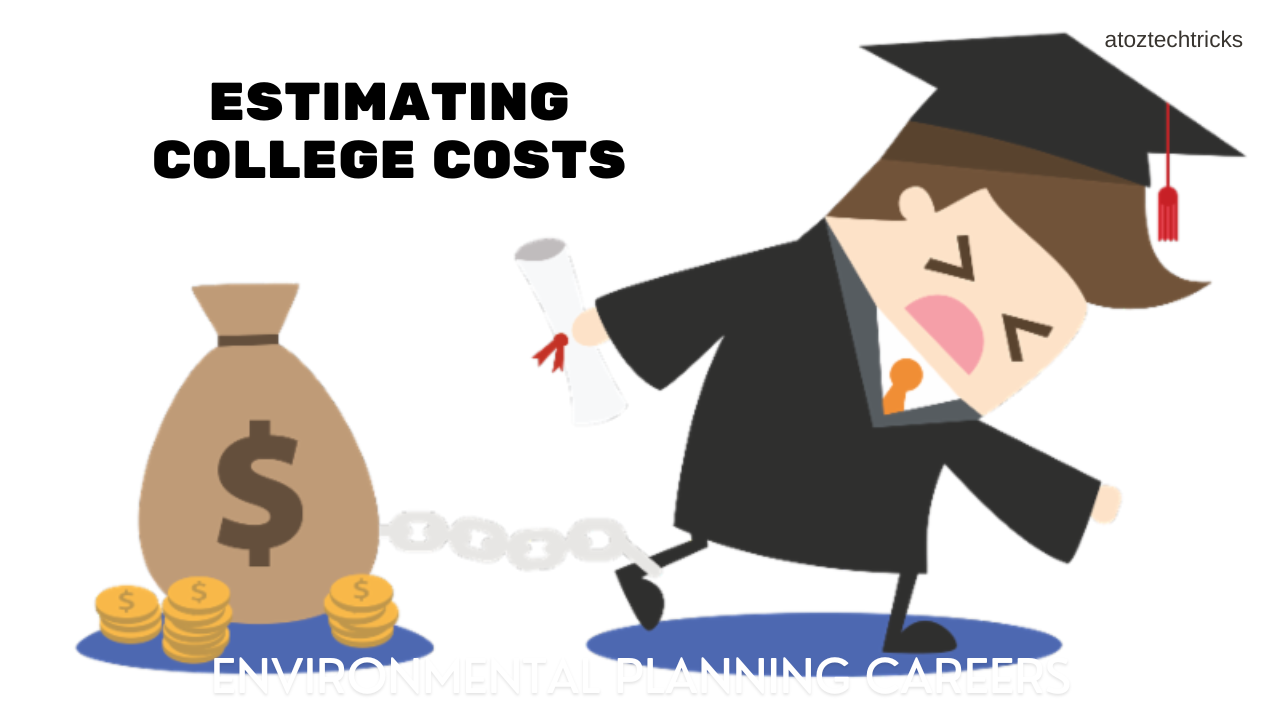Estimating College Costs: A Comprehensive Guide for Future Students and Their Families
As college tuition continues to rise, understanding and estimating college costs has become more critical than ever for prospective students and their families. With a complex array of expenses beyond just tuition, including room and board, textbooks, and other fees, it’s essential to have a comprehensive strategy for planning your finances. This guide provides a detailed approach to estimating college costs, helping you prepare for one of the most significant financial commitments of your life.
Understanding the Components of College Costs
Before diving into estimates, it’s crucial to understand the various components that make up the total cost of college. These include:
1. Tuition and Fees
- Tuition is the primary cost of attending college. It varies widely depending on the institution (public vs. private) and whether the student is an in-state or out-of-state resident.
- Fees can include administrative fees, technology fees, student activity fees, and lab fees. These are additional to the tuition and can vary significantly.
2. Room and Board
- Room: This covers the cost of on-campus housing or off-campus rent if the student chooses to live outside of the campus.
- Board: This includes meal plans or food costs if living off-campus. Some students might prefer to cook for themselves, which can impact this estimate.
3. Books and Supplies
- Textbooks: These can be a significant expense, with prices varying based on the course requirements and whether the student buys new, used, or digital copies.
- Supplies: This category includes items like notebooks, calculators, and lab equipment.
4. Personal Expenses
- Clothing: This includes seasonal clothing and general personal wear.
- Entertainment: Expenses for social activities, outings, and leisure.
- Transportation: Costs for travelling to and from home, public transportation, or a vehicle’s upkeep if the student has one.
5. Health Insurance
Some colleges require students to have health insurance, either through their policy or through the college’s plan. This can be a significant additional cost.
6. Miscellaneous Costs
- Graduation fees: Costs associated with the ceremony, cap and gown rentals, etc.
- Technology fees: Charges for maintaining and updating tech infrastructure.
- Emergency expenses: Unexpected costs that may arise during the academic year.
Estimating Tuition and Fees
Researching Average Costs
To estimate tuition and fees, start by researching the average costs at different types of institutions:
- Public In-State Colleges: These generally offer the lowest tuition rates for state residents. As of 2024, the average annual cost is about $10,000 for tuition and fees.
- Public Out-of-State Colleges: Non-residents typically face higher tuition, averaging around $25,000 per year.
- Private Colleges: These institutions often have a higher tuition rate, averaging around $35,000 per year, although costs can vary widely.
Calculating Potential Increases
Tuition rates tend to increase each year, so it’s wise to factor in an annual increase of 3-5% when estimating future costs.
Additional Fees
- Administrative and Activity Fees: Expect to pay between $500 and $2,000 per year.
- Lab and Course Fees: Some courses, especially those in science and technology fields, may require additional fees, often ranging from $50 to $500.

Estimating Room and Board Costs
On-Campus Housing
- Standard Dormitory: Costs for a standard dorm room can range from $8,000 to $15,000 per year, depending on the institution and location.
- Speciality Housing: Some colleges offer speciality housing, such as suites or apartments, which can cost more.
Off-Campus Housing
- Rent: The cost of renting an apartment or house off-campus can vary widely by location. In urban areas, monthly rents might range from $800 to $2,000.
- Utilities: Utilities (electricity, water, internet) may add $100 to $300 per month.
Meal Plans
- Campus Meal Plans: These generally cost between $3,000 and $6,000 per year, depending on the number of meals per week and dining options.
- Off-Campus Meals: If cooking at home, budget about $200 to $400 per month for groceries.
Estimating Books and Supplies
Textbooks
- Annual Costs: The average student spends between $800 and $1,200 per year on textbooks and required course materials.
- Savings: Consider buying used books, renting textbooks, or using digital versions to reduce costs.
Supplies
- General Supplies: Budget around $100 to $300 per year for items like notebooks, stationery, and calculators.
Estimating Personal Expenses
Clothing and Personal Care
- Annual Budget: Allocate approximately $300 to $500 per year for clothing and personal care items.
Entertainment and Social Activities
- Budgeting: This can vary based on lifestyle. A reasonable estimate is $500 to $1,000 per year.
Transportation Costs
- Local Transportation: If using public transportation, budget $300 to $600 annually.
- Travel Home: Include travel costs for trips home during breaks, which can range from $100 to $1,000 depending on distance and mode of transportation.

Estimating Health Insurance Costs
Institutional Plans
- Health Insurance Fees: College health insurance plans typically cost between $1,000 and $2,000 per year. Some institutions offer waivers if you have your coverage.
Alternative Options
- Family Health Insurance: If covered under a family plan, this cost may be minimal but should be considered.
Miscellaneous Costs
Graduation Fees
- Estimated Costs: Graduation fees, including cap and gown rentals, can range from $100 to $200.
Technology Fees
- Annual Fees: These fees, which support campus technology infrastructure, can range from $100 to $500 per year.
Emergency Expenses
- Contingency Fund: It’s wise to set aside a small fund for unexpected costs, typically around $500 to $1,000 per year.
Maximize Your College Savings: The Benefits of Using 529 Plans
Creating a Budget Plan
Gathering Information
Start by gathering information from the colleges you’re interested in. Most schools provide detailed cost breakdowns on their websites, including tuition, fees, and estimated living expenses.
Using College Cost Calculators
Many colleges and financial aid websites offer cost calculators to help estimate total expenses based on your specific situation. These tools can provide a more personalized estimate.
Planning for Financial Aid
- Scholarships and Grants: Research and apply for scholarships and grants that can reduce your overall costs.
- Loans: Understand the types of loans available and consider how they will impact your long-term financial situation.
- Work-Study Programs: Explore on-campus job opportunities that can help offset costs.
Creating a Savings Plan
Based on your estimates, create a savings plan to cover the anticipated expenses. Consider setting up a dedicated savings account for college expenses.
Estimating college costs involves more than just calculating tuition. By considering all the associated expenses—room and board, books and supplies, personal expenses, health insurance, and miscellaneous costs—you can create a comprehensive budget that prepares you for this significant financial commitment.

Thorough planning and research will not only help you understand the total cost of your college education but also enable you to make informed financial decisions and effectively manage your resources. As you prepare for college, remember to regularly review and adjust your budget as needed, and seek out financial aid opportunities to help ease the burden. With a clear understanding of the costs involved and a well-thought-out financial plan, you’ll be better equipped to embark on this exciting academic journey.




Post Comment